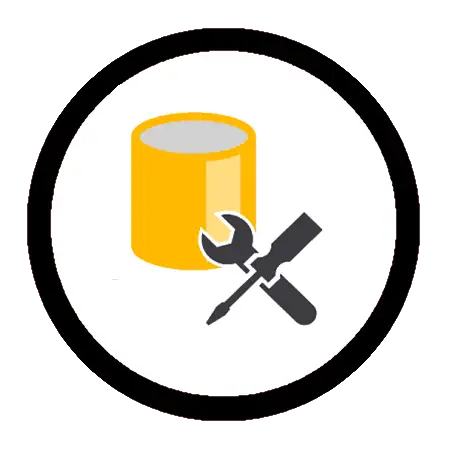Git Cheat Sheet
Git is a popular version control system that allows developers to track changes to their code and collaborate with others on projects. Here is a Git cheatsheet with some common Git commands:
Basic Git Commands
– git init: Initialize a new Git repository
– git clone <repo>: Clone an existing Git repository
– git status: View the status of your Git repository
– git add <file>: Add a file to the staging area
– git commit -m <message>: Commit changes to the Git repository with a commit message
– git push: Push committed changes to a remote repository
Branching and Merging
– git branch <branch>: Create a new branch
– git checkout <branch>: Switch to a different branch
– git merge <branch>: Merge changes from one branch into the current branch
– git branch -d <branch>: Delete a branch
Working with Remotes
– git remote -v: View the remote repositories associated with your Git repository
– git remote add <remote> <url>: Add a new remote repository
– git pull: Pull changes from a remote repository
– git push <remote> <branch>: Push local changes to a remote repository
Undoing Changes
– git reset --hard: Discard all local changes and revert to the last committed state
– git revert <commit>: Revert the changes made in a specific commit
– git checkout -- <file>: Discard local changes to a file and revert to the last committed version
By using these Git commands, you can manage and collaborate on code projects more effectively. This Git cheat sheet provides a useful reference for common Git operations, but there are many other Git commands and features that you can explore to further improve your workflow.
